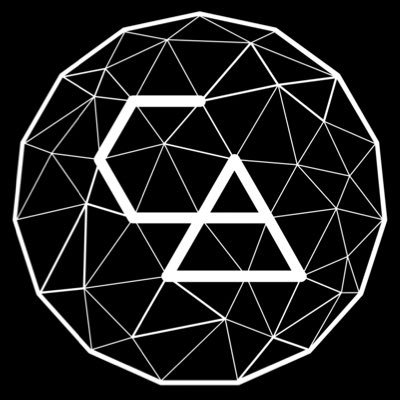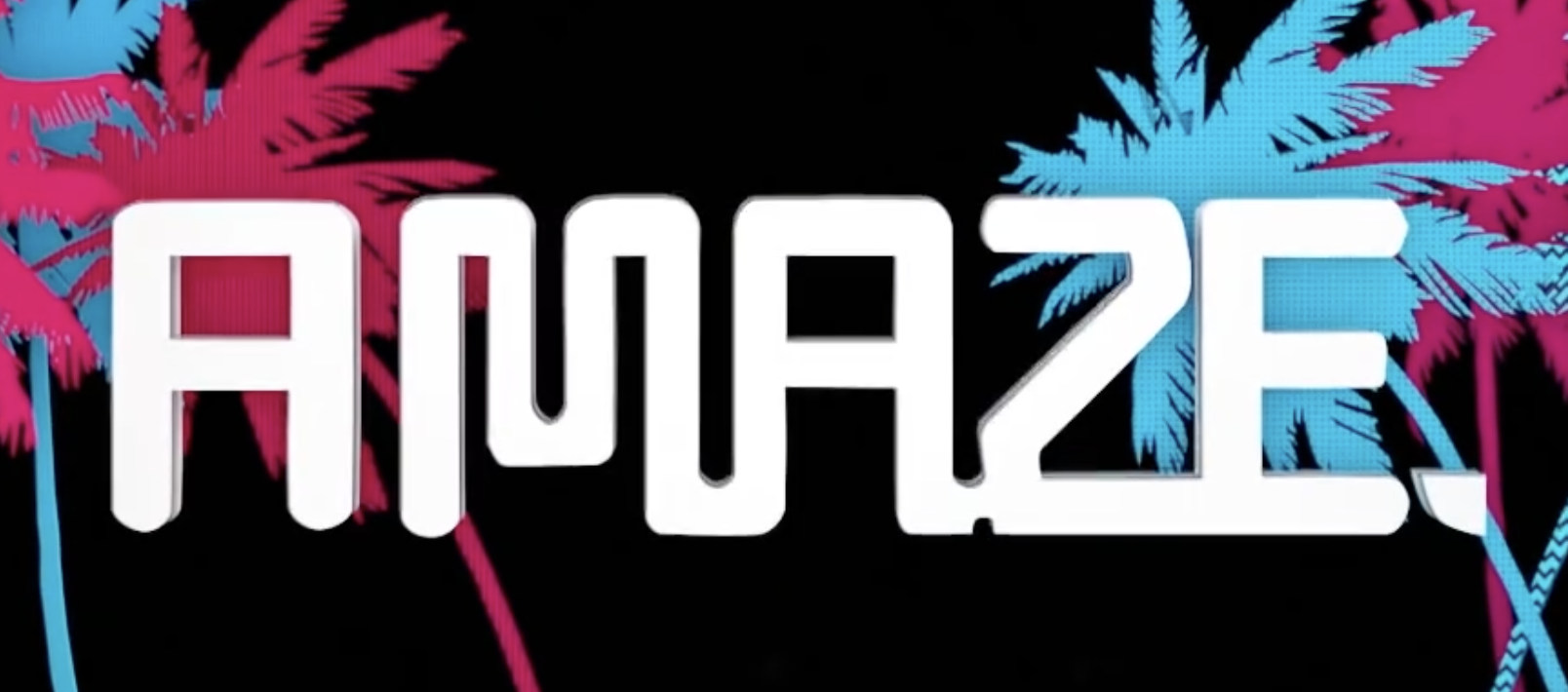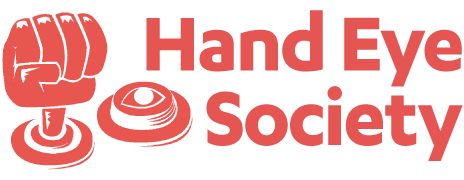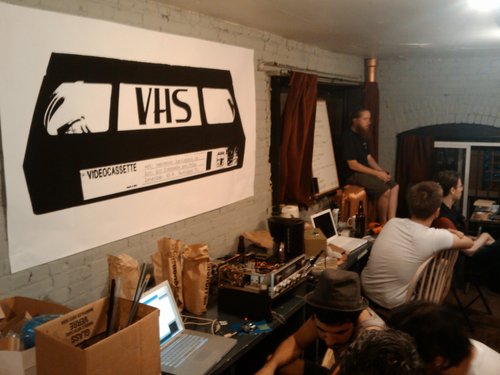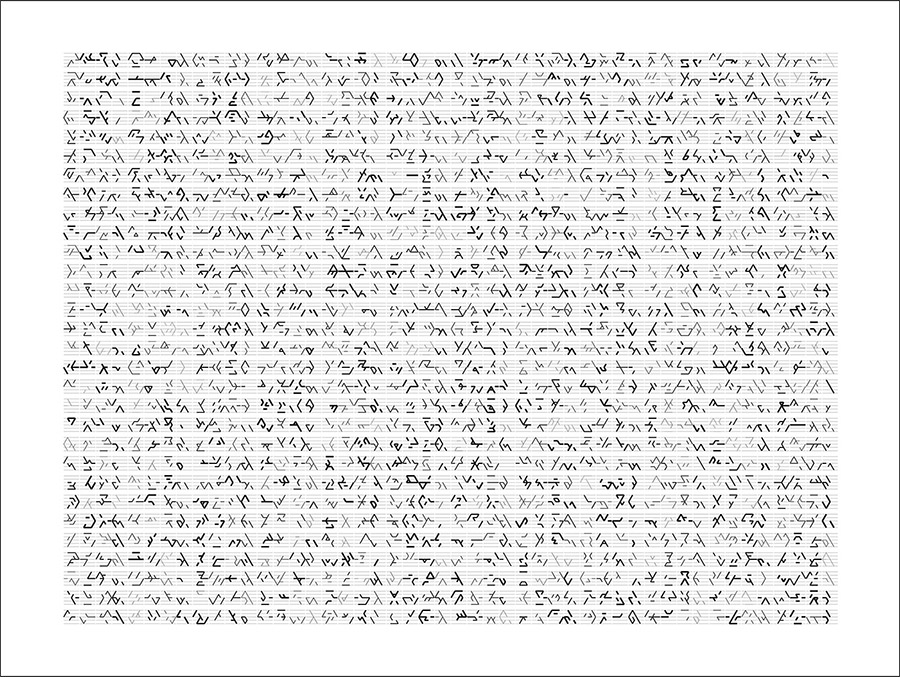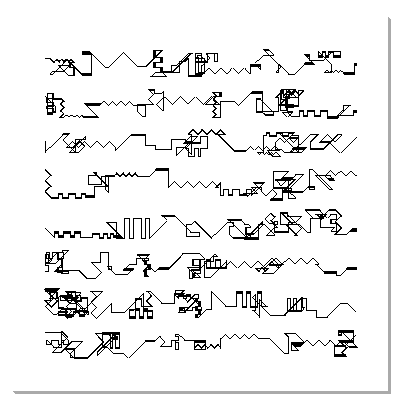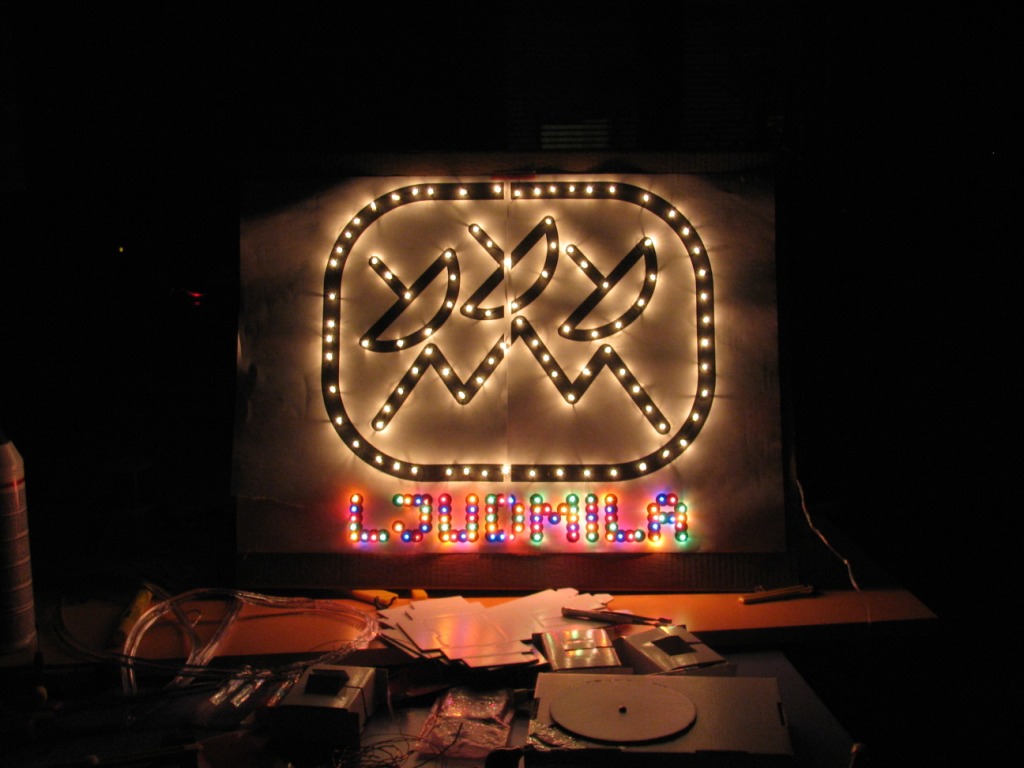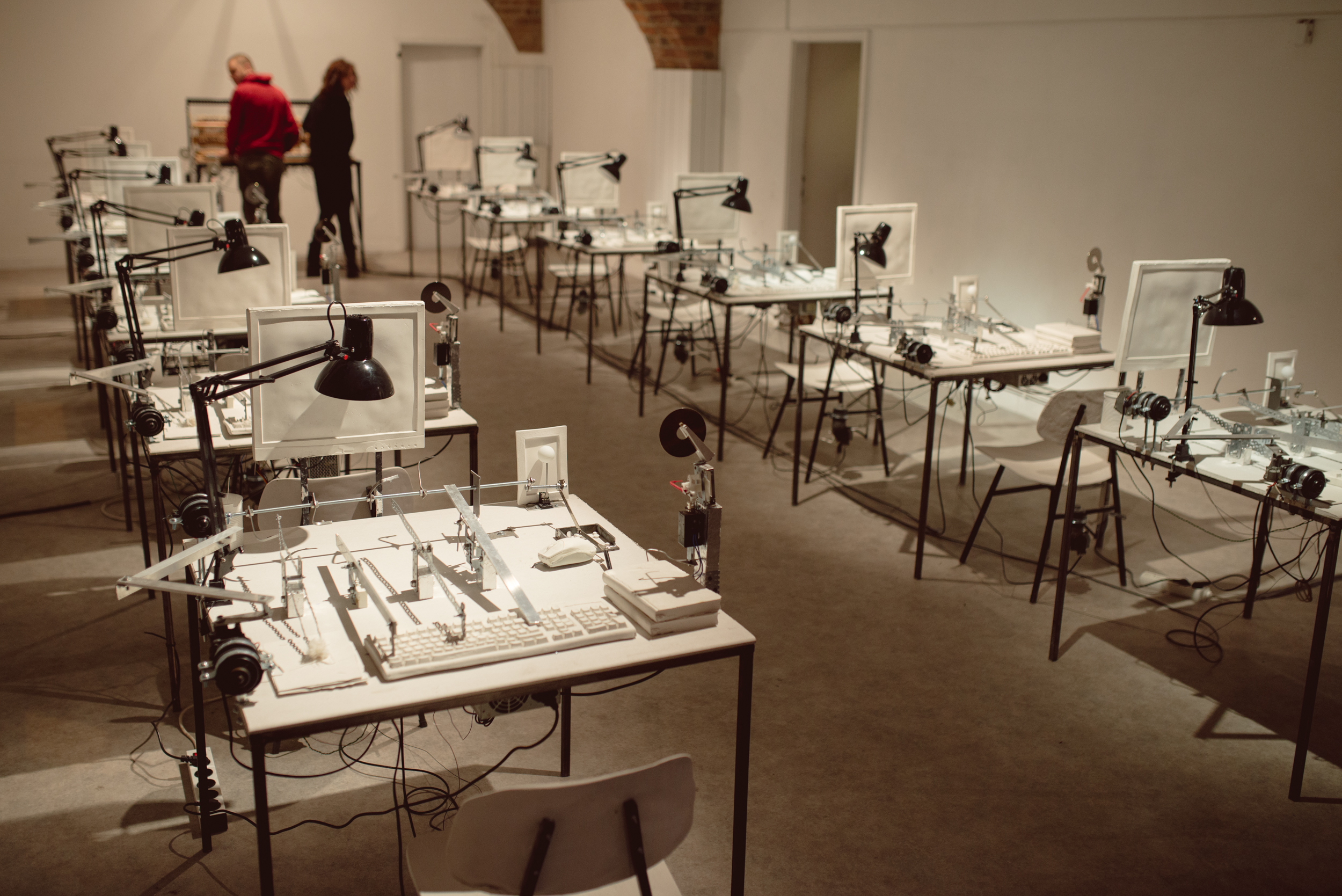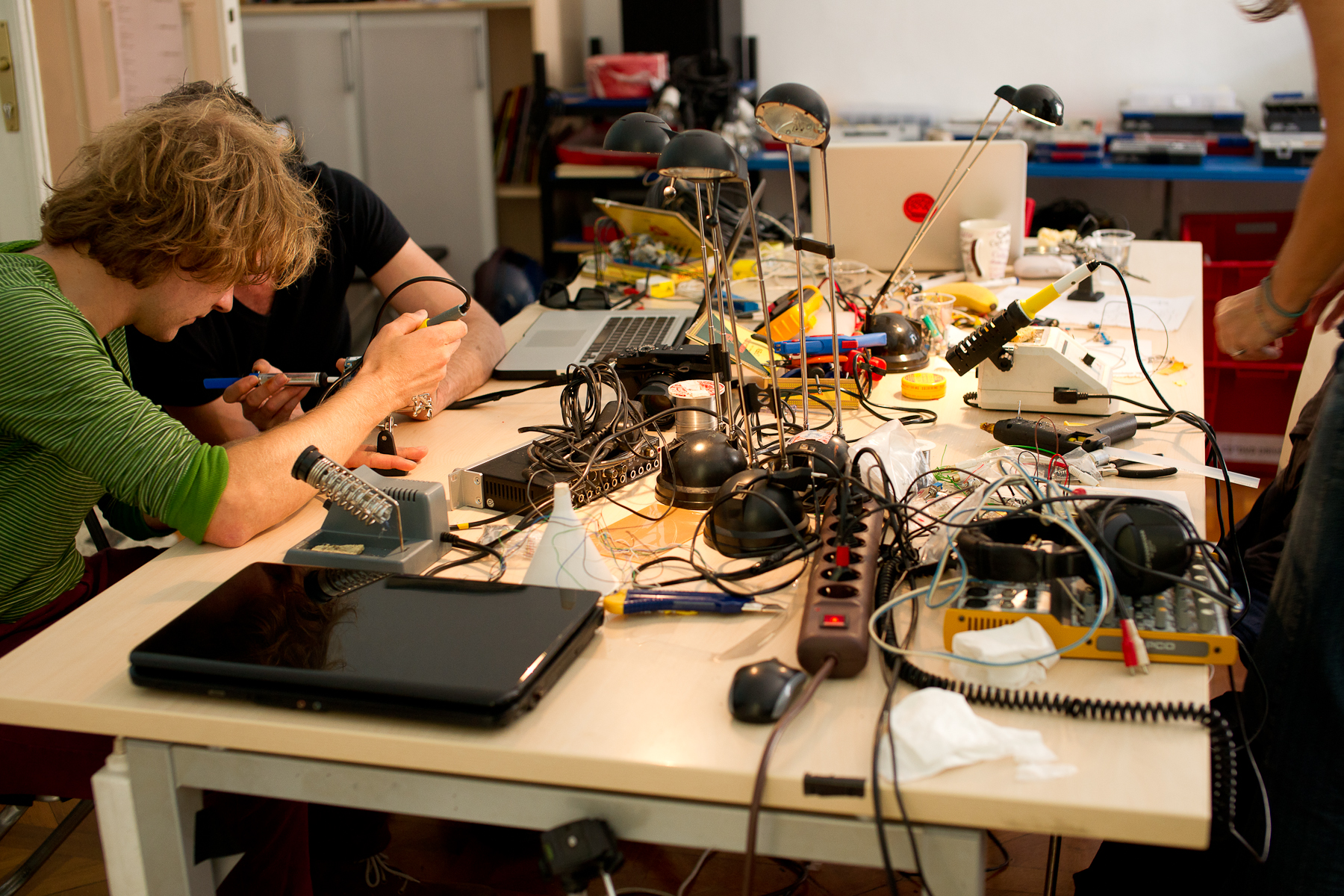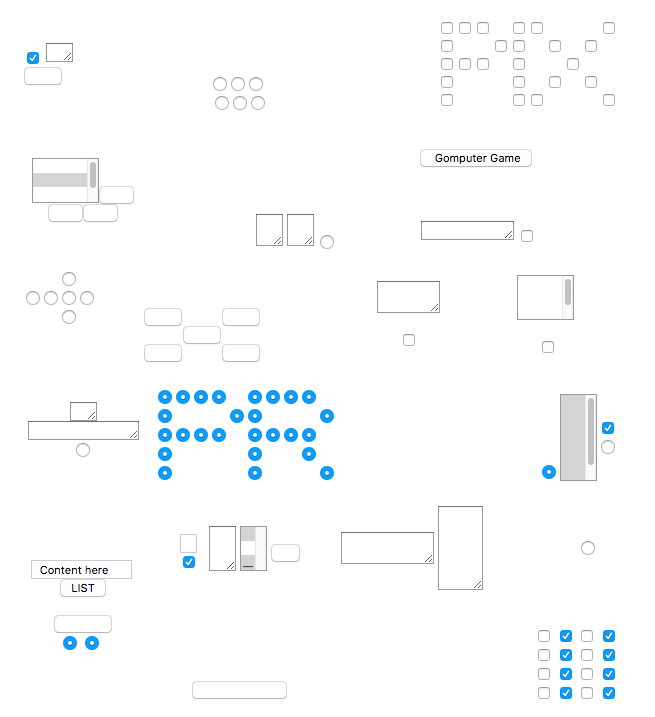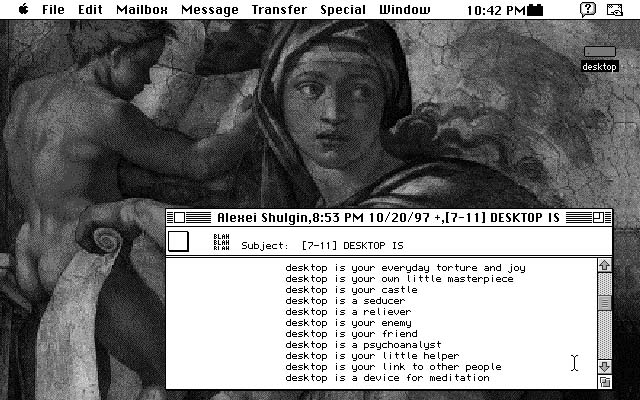Since 2008, CreativeApplications.Net (CAN) has been at the forefront of innovation—facilitating and driving the conversations about technology, society and critical making. It has played an instrumental role in uncovering and contextualising noteworthy work, featured on the festival and gallery circuit or developed as academic research. With over 3,500 catalogued projects, experiments, texts and reviews, CAN plays an instrumental role in shaping the innovative creative practices of tomorrow.[1]
A MAZE. / Berlin is an international festival focusing on arthouse games and playful media. For the day experience A MAZE. / Berlin invites globally spread and diverse experimental game and VR creators, digital artists, musicians and other playful creatives from around different countries who share in an inspiring 5-day program of talks and workshops, idea market places and knowledge bazaar the art of video games making. [1]
The Hand Eye Society is a Toronto not-for-profit dedicated to supporting and showcasing videogames made primarily as a form of creative expression. We aim to provide exhibition opportunities, education, creative support, mentorship, knowledge sharing and inspiration to artists, enthusiasts, and the game-curious in Toronto. Founded in 2009, it is one of the first videogame arts organizations of its kind in the world.[1]
I/O/D represents the coming together of Matthew Fuller, Colin Green, and Simon Pope. The group began their Web activism in 1994, with multimedia presentations via floppy disk. Their work became infamous for engulfing a computer, reducing it to a frustrating series of seemingly random generated dialogue boxes that would often crash the system. Soon after, I/O/D made the Web its target with The Web Stalker. A new type of browser, The Web Stalker offered a completely different interface for moving through pages on the World Wide Web. The user opens a URL, then watches as the "Stalker" blows open the structure and source code for that Web site, stripping the site of all content and design, and leaving only a two-dimensional mnemonic showing a skeletal map of how the Web is linked together. [1]
I/O/D 4: The Web Stalker was a new kind of web browser that decomposed websites into separate sets of entities. The texts of the site were treated as the primary resource, but were stripped of most of their formatting. Links from one file to another were mapped in a network diagram, which allowed users to visualize their path through the clusters, skeins, and aporias of files. This Map built dynamically as a Crawler function gradually moved through the network. We saw the logical structure of websites, established by the links in and between them, as another key resource, and we wanted the software to act in a modular manner, with users calling up functions, each with their own separate window, only when they needed them. [2]
VHS provides a physical space where people can gather to share ideas, equipment, opinions, and beer. Members work on personal projects, collaborate with others, and learn new skills. More than just a studio space, we focus on sharing all sorts of knowledge within a friendly and collaborative atmosphere. VHS is the community garage for a community without garages.[1]
Many of our members share an interest in 3D printers, laser cutting, machining, crafting, electronics, robotics, programming, electronic music, and art. We welcome anyone with skills to share or an interest in learning, and strive to be as open as possible in everything we do.[1]
Manfred Mohr is considered a pioneer of digital art based on algorithms. After discovering Prof. Max Bense's information aesthetics in the early 1960's, Mohr's artistic thinking was radically changed. Within a few years, his art transformed from abstract expressionism to computer generated algorithmic geometry. Further encouraged by discussions with the computer music composer Pierre Barbaud whom he met in 1967, Mohr programmed his first computer drawings in 1969. Since then all his artwork is produced exclusively with the computer. Mohr develops and writes algorithms for his visual ideas. Since 1973, he generates 2-D semiotic graphic constructs using multidimensional hypercubes. [1]
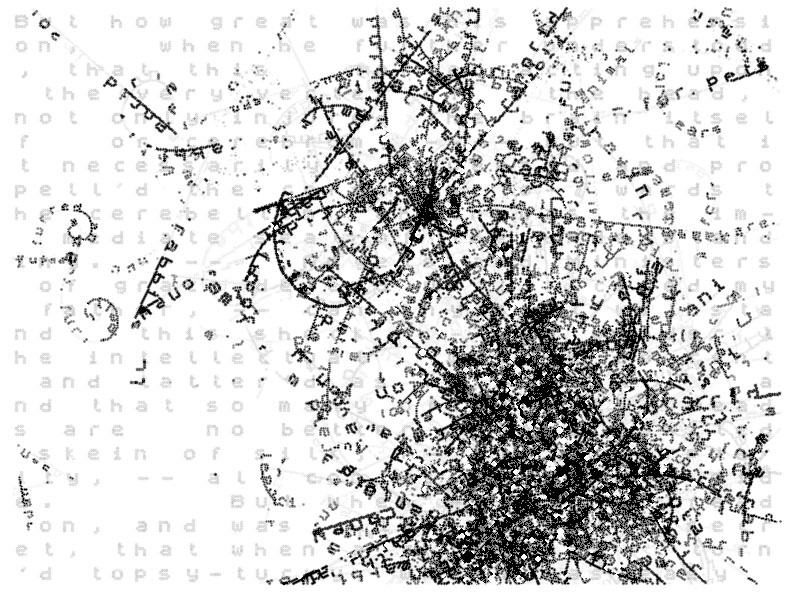 die.txt (2005), a bio-engineered text editor. As the user types, individual words spawn outgrowths of alternative meanings and definitions.
die.txt (2005), a bio-engineered text editor. As the user types, individual words spawn outgrowths of alternative meanings and definitions.
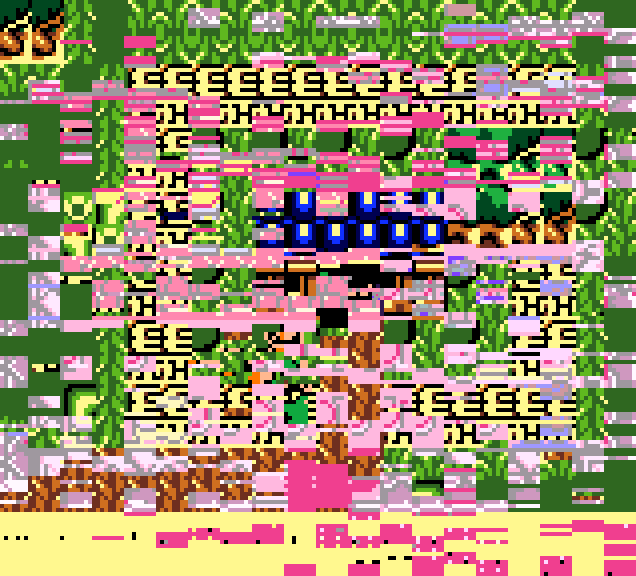 gameboy_ultraF_uk (1997-1999), consists of a Free Software Game Boy emulator whose rendering system has been (pathologically) rewritten to degenerate over time.
gameboy_ultraF_uk (1997-1999), consists of a Free Software Game Boy emulator whose rendering system has been (pathologically) rewritten to degenerate over time.
 Mesh (2001-2002), a sci-art 2000 research and development project dealing with the subject of self-organising networks.
Mesh (2001-2002), a sci-art 2000 research and development project dealing with the subject of self-organising networks.
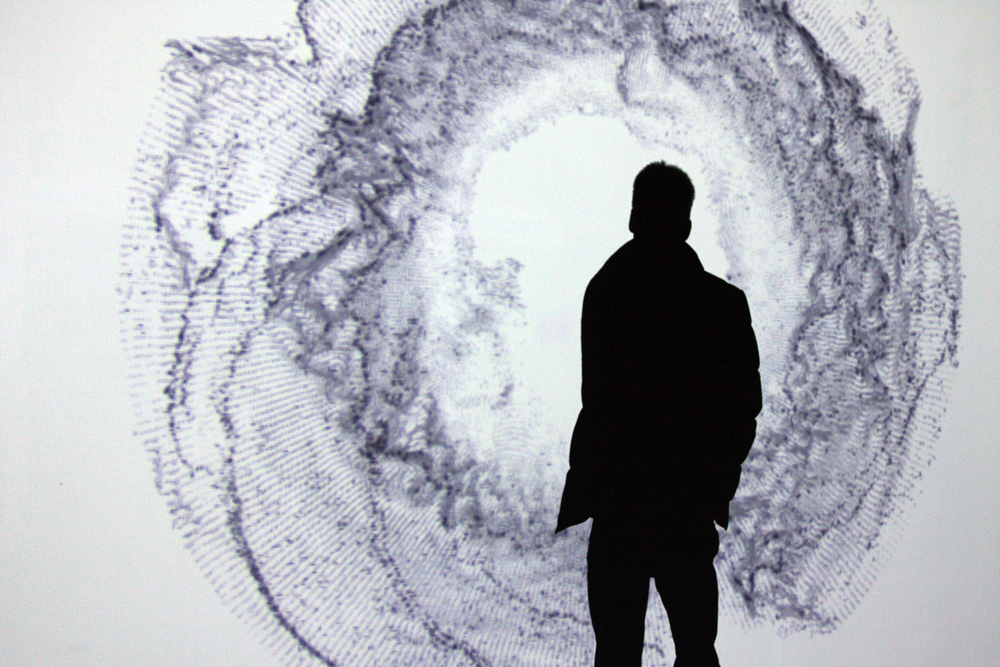 Southern Ocean Studies (2009-2011), part of a series of projects which aims to explore how climate models can function as representations of climate change beyond their original scientific contexts and purpose and exists as a large screen-based installation driven by live and archived data sets.
Southern Ocean Studies (2009-2011), part of a series of projects which aims to explore how climate models can function as representations of climate change beyond their original scientific contexts and purpose and exists as a large screen-based installation driven by live and archived data sets.
Reconnoitre is the artist duo of Gavin Baily and Tom Corby. Since the 1990s they have collaborated on artworks, texts and research that broadly explore intersections of environmental, technological and social processes. Recent work includes the use of information from the climate, meteorological and geological record to visually condense the aleatory and hidden aspects of environmental sites and landscape, and the employment of social media platforms to produce speculative geographies and experimental maps. At the heart of much of this work is an interest in data, employed as a medium beyond a conventional analytics approach, but which stresses its critical, experiential and affective potential.[1]
Set up in the mid-1990s, Ljudmila Art and Science Laboratory has been bringing together technology, art, science and civil society ever since. As such, it is not only a place where hackers, researchers and artists meet, but also a platform for reflecting and modifying culture through the lens of politics, as generated by the developments in communications technologies.
Ljudmila's programmes are rather diverse and wide-reaching. It runs the Strictly Analog Festival and the art&hacking meeting PIFcamp. Since 2010, it operates the Culture.si portal and, as of 2013, also the metasearch engine and culture aggregator Kulturnik.si. Since 2011, it acts as a public lead of Creative Commons Slovenia. It organises workshops on the uses of open source software and on making DIY technological hacks; supports the production of new media artworks; has an orchestra; and more. [1]
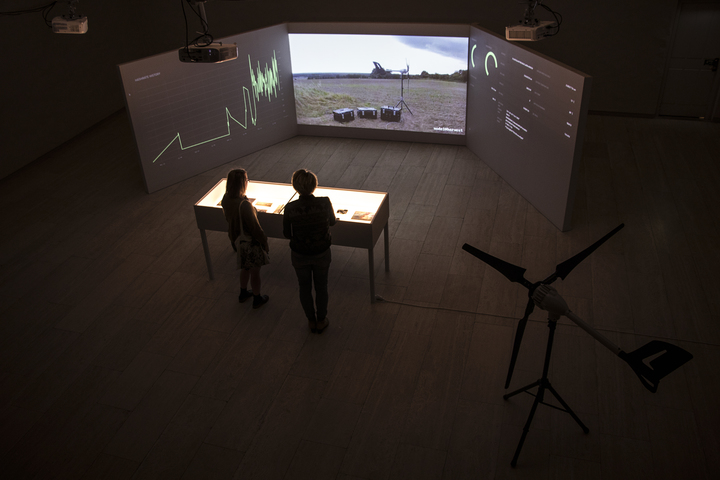 Julian Oliver - Harvest, Wind energy used to mine cryptocurrency to fund climate research, 2017. Photo by Alexandra Magnusson
Julian Oliver - Harvest, Wind energy used to mine cryptocurrency to fund climate research, 2017. Photo by Alexandra Magnusson
 Julian Oliver - Remote Install, 2013. Installation of Software Art as Software Art Installation
Julian Oliver - Remote Install, 2013. Installation of Software Art as Software Art Installation
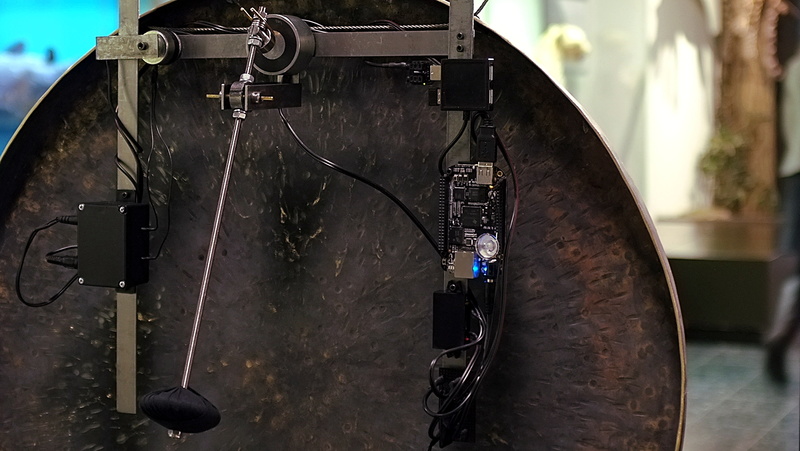 Julian Oliver, Crystelle Vu - The Extinction Gong, 2017. A ceremonial automaton for the Sixth Mass Extinction
Julian Oliver, Crystelle Vu - The Extinction Gong, 2017. A ceremonial automaton for the Sixth Mass Extinction
Julian Oliver is a New Zealander, Critical Engineer and artist based in Berlin. His work and lectures have been presented at many museums, galleries, international electronic-art events and conferences, including the Tate Modern, Transmediale, the Chaos Computer Congress, Ars Electronica, FILE and the Japan Media Arts Festival. Julian has received several awards, most notably the distinguished Golden Nica at Prix Ars Electronica 2011 for the project Newstweek (with Daniil Vasiliev). He is the co-author of the Critical Engineering Manifesto and co-founder of Crypto Party in Berlin, who’s shared studio Weise7 hosted the first three crypto-parties worldwide. He is also the co-founder of BLACKLIST, a screening and panel series focused on the primary existential threats of our time.
Alexei Shulgin, born in 1963 in Moscow. Since mid 80’s e has been working in the fields of photography, media and contemporary arts. In the 90’s he was one of the pioneers of Net Art. His cyberpunk rock band, 386 DX has toured extensively all over the world. Alexei has participated in numerous exhibitions, media art and music festivals in Russia and internationally. He was teaching at Proarte Institute in St. Petersburg in 2000-2001 and performed as a guest teacher at a number of art schools in Europe and the US. Alexei has curated several exhibitions; in 2001-2004 he was a co-organizer of Readme software art festival (Moscow-Helsinki-Aarhus-Dortmund). He is a co-admin of Runme.org software art repository on the Internet. In 2004 he has co-founded Electroboutique gallery in Moscow. At present, he teaches at Rodchenko school of Photography and Media Art in Moscow. Alexei Shulgin lives and works in Moscow.[1]
Particularly involved with software art and internet art, he is a part of the readme culture and uses code as a form of art. In 1997, he released his first interactive work, Form Art, in which only minimum factors are programmed in the form of HTML. Shulgin describes this page as a "formalistic" aesthetic art site - a play on words taking into account the clean composition as well as the tools of its creation. Navigating this site requires aimless click-throughs of blank boxes and links, which lead the viewer through 19 pages of "form art" animations. Behavioral expectations are subverted by frequently overriding default functionality of basic form elements such as radio buttons and list boxes.[2]
Many links on his site are now 404, selected online works:
- http://www.c3.hu/collection/form/ - Form Art, 1997
- http://www.easylife.org/netart/ - Introduction to net.art. 1999
- http://www.easylife.org/desktop/ - First international desktop exhibition. 1997-98
- http://www.easylife.org/seefree/index.html - SeeFree©. 2003
- http://www.easylife.org/privatronics/index.html - Privatronics. 2003
- http://www.easylife.org/fufme/ - FuckU-FuckMe. 1999
- http://www.easylife.org/this_morning/ - Desires are tearing me apart. 1997
